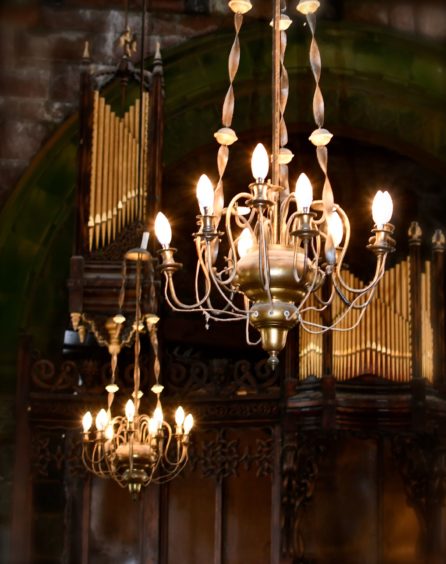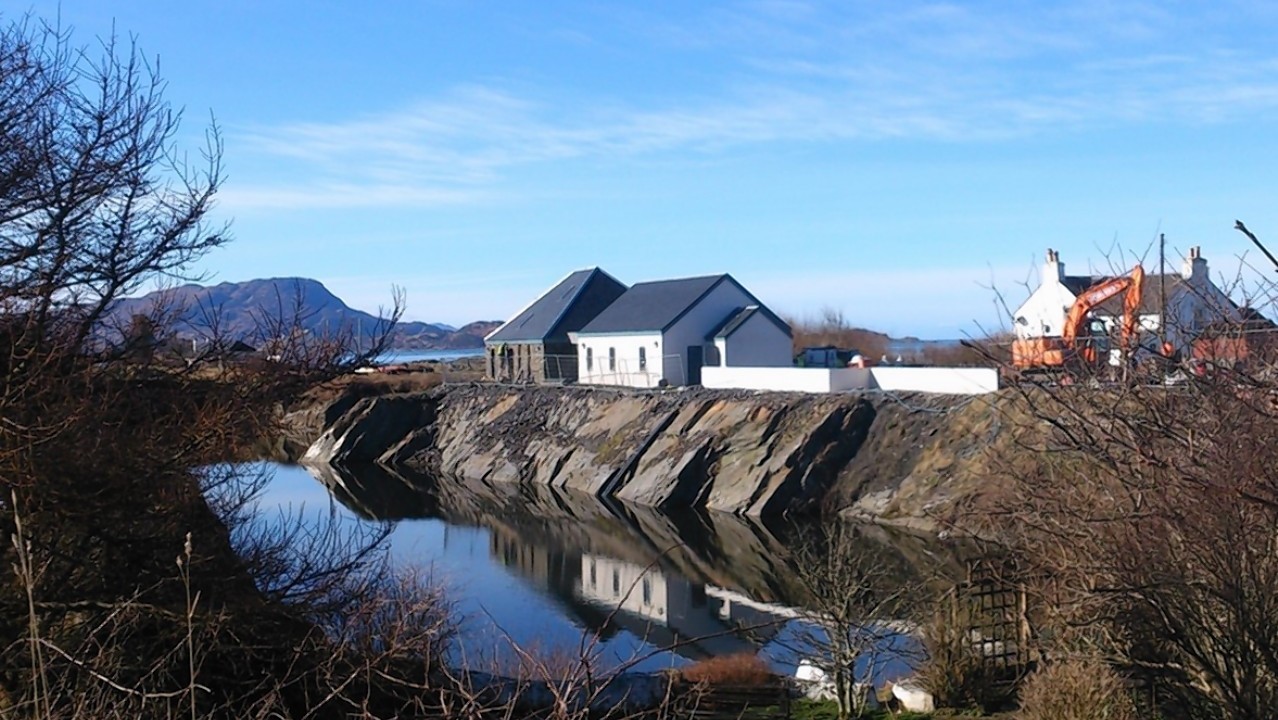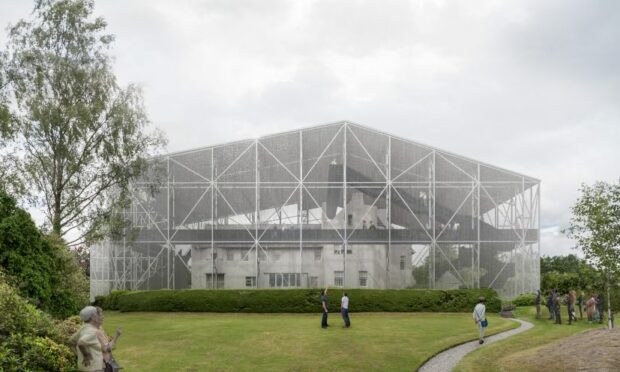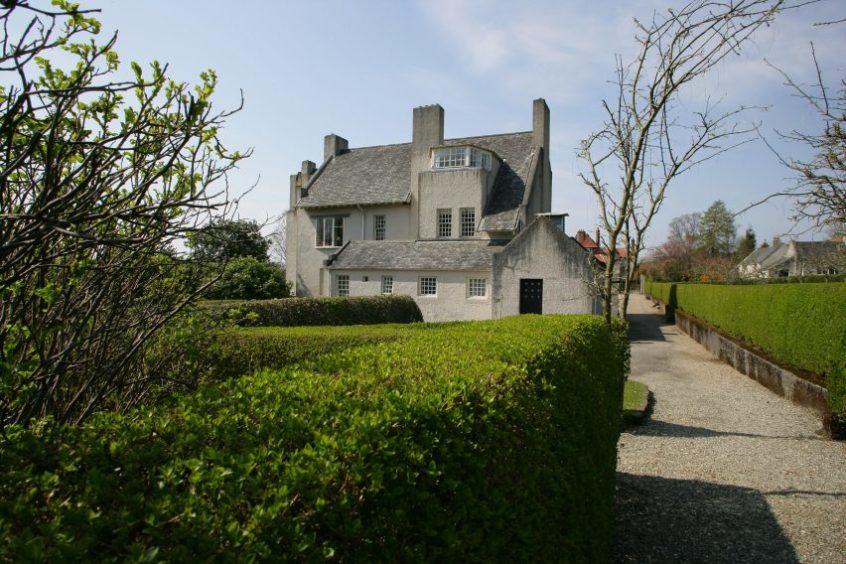Ahead of submissions to Argyll and Bute Council’s architecture awards we take a look at some of the best, and worst, buildings in Argyll.
Have you had a project in Argyll and Bute you think is award-winning?
In the past there have been some inspirational buildings in the region. While the Corran Halls might not win prizes for its outside look, others such as the design frenzy that is St Conan’s Kirk, or the masterpiece of Hill House are really something to behold.
This year Argyll and Bute’s planning department wants to celebrate those new buildings that speak to the area.
Argyll and Bute Council’s 2022 Built Environment Design Awards are for anyone who has completed planning projects from July 1, 2015 to December 31, 2022.
The awards aim to recognise, promote and celebrate examples of exceptional design and sustainability across the whole of the Argyll and Bute Council planning area.
As the council works towards becoming net zero by 2045, the focus this year is on sustainability and celebrating design that meets the highest standards of energy efficiency.
Kieron Green, the council’s policy lead for planning and regulatory services: “Our planning team play a vital role looking at how residential and commercial development can add to the area’s success.
“As the council works towards reducing carbon emissions, the awards not only celebrate good design but also recognise innovative ways new buildings help support our environment.
“The awards provide an opportunity to have your work professionally endorsed by the council and its planning team.”
What are the stand out properties in Argyll?
Hill House, Helensburgh
The Hill House is considered to be Charles Rennie Mackintosh’s domestic masterpiece.
Commissioned by Glasgow book publisher Walter Blackie, up-and-coming architect Charles Rennie Mackintosh and artist Margaret Macdonald worked collaboratively to create almost everything you see here, from the building itself to the furniture and textiles.
Mackintosh was a revolutionary designer, but the materials and techniques at the cutting edge of architectural design in 1900 haven’t withstood a century of the west of Scotland’s harsh, wet weather conditions.
The external render of the property has not proved watertight and the walls have gradually become saturated and are crumbling, with water now threatening the interiors.
Owners, The National Trust embarked on a 10-year conservation programme, which will allow continued public access to the house.
Stage one opened to visitors in early June 2019, with a protective steel frame structure covered in chainmail mesh, featuring walkways around and over the top of the house.
This structure, along with a new visitor centre, delivers a unique heritage visitor experience, offering views of the Hill House that have never been seen before, even by Mackintosh himself.
St Conan’s Kirk, Lochawe village
The kirk really does have something to delight anyone’s eyes.
Designed and built by Walter Douglas-Campbell, the Kirk is unique in having an example of almost every style of church architecture.
Highlights include the Norman doorway, the Gothic flying buttresses, a Celtic cross, the Arts and Crafts carvings, the Saxon tower and even a Stone circle. There is a surprise at every turn!
In addition, it designer commissioned some of the finest craftsmen to help decorate the interior. The lochside gardens offer stunning views over the Loch.
 Corran Halls, Oban
Corran Halls, Oban
The Corran Halls are one of the most used buildings in Oban – and yet it is a square box with some of the most spectacular views in the country.
An upgrade a few years ago, added the Furan Gaelic Centre.
Downstairs there are a number of smaller theatre and meeting rooms, a bar which can also be used as a cafe, as well as changing rooms and a large theatre.
Upstairs is the Gaelic Centre, and a room used for council meetings, as well as a kitchen and smaller meeting room.
While it might not be winning any design awards anytime soon, it does have great staff and offers a great welcome.
This year it has welcomed Paolo Nutini, Ardal O’Hanlon and farmer-turned-comedian Jim Smith.
Atlantic Islands Centre, Isle of Luing
After planning delays and some community concerns, the Atlantic Islands Centre opened its doors in 2015.
The centre is a testament to the tenacity of islanders to get things done, and done well.
The building sits on the edge of an old slate mine.

Since it opened it has attracted many more people to come to the island for a day trip, or longer.
It is the island of Luing’s visitor destination centre as well as being it’s only cafe which hosts an events programme for locals and visitors to enjoy.
The Luing History group has a permanent space in the building. For an island, it has packed it punch on the world stage. It was once one of the biggest producer of slate, and there are many tales of heroic islanders and adventures to tell.
What categories are there in the awards?
The categories include: sustainable design, aesthetic design, community-led project, built heritage, design for under £100,000, members’ award and people’s choice award.
More details including how to enter are available on the council website.




Conversation